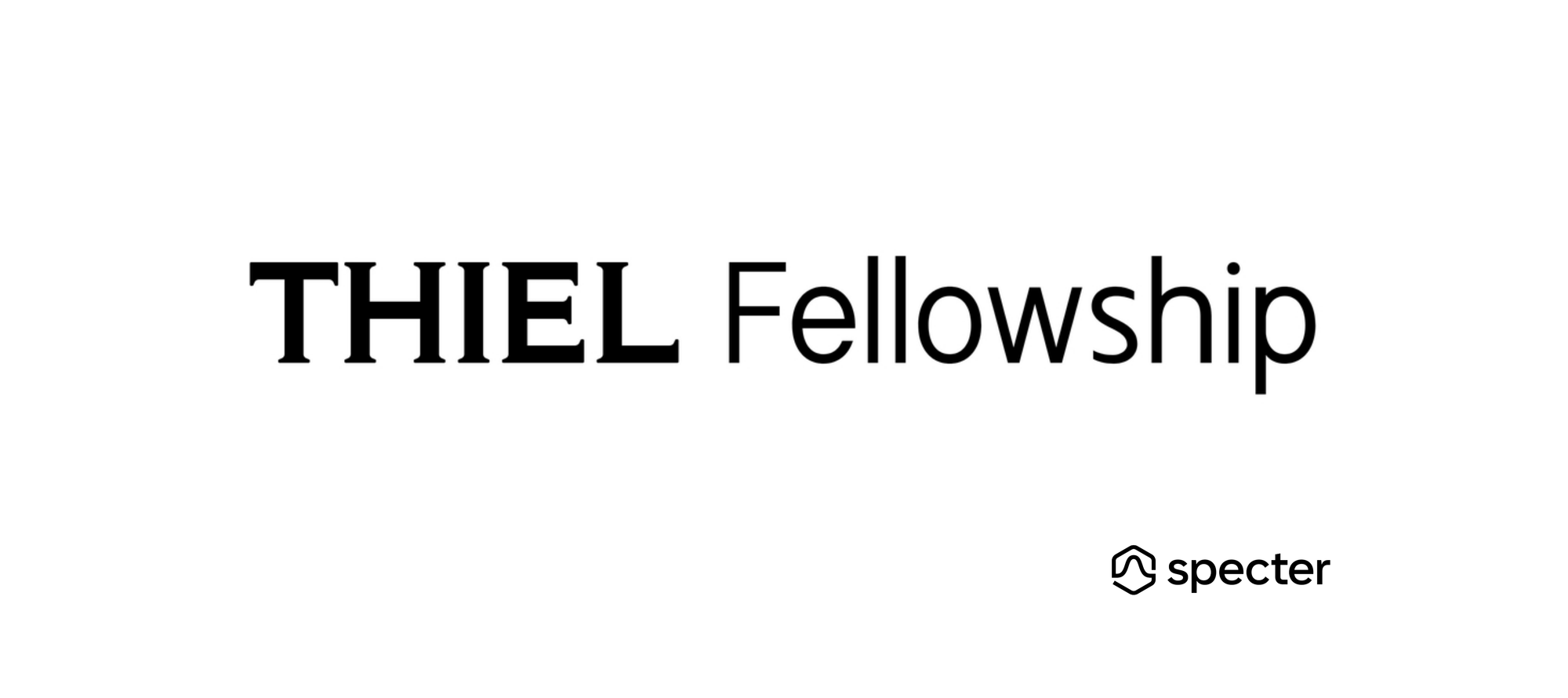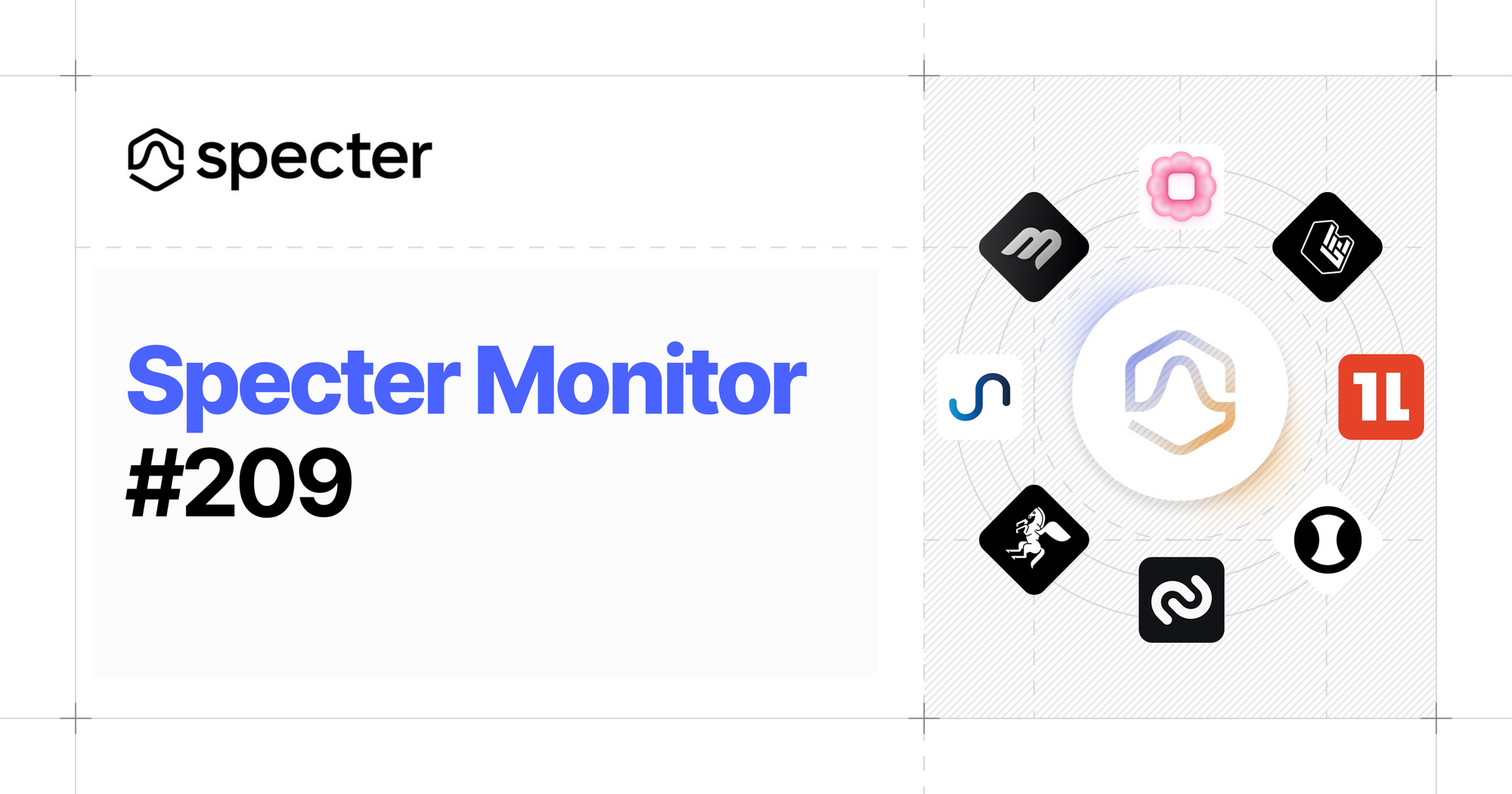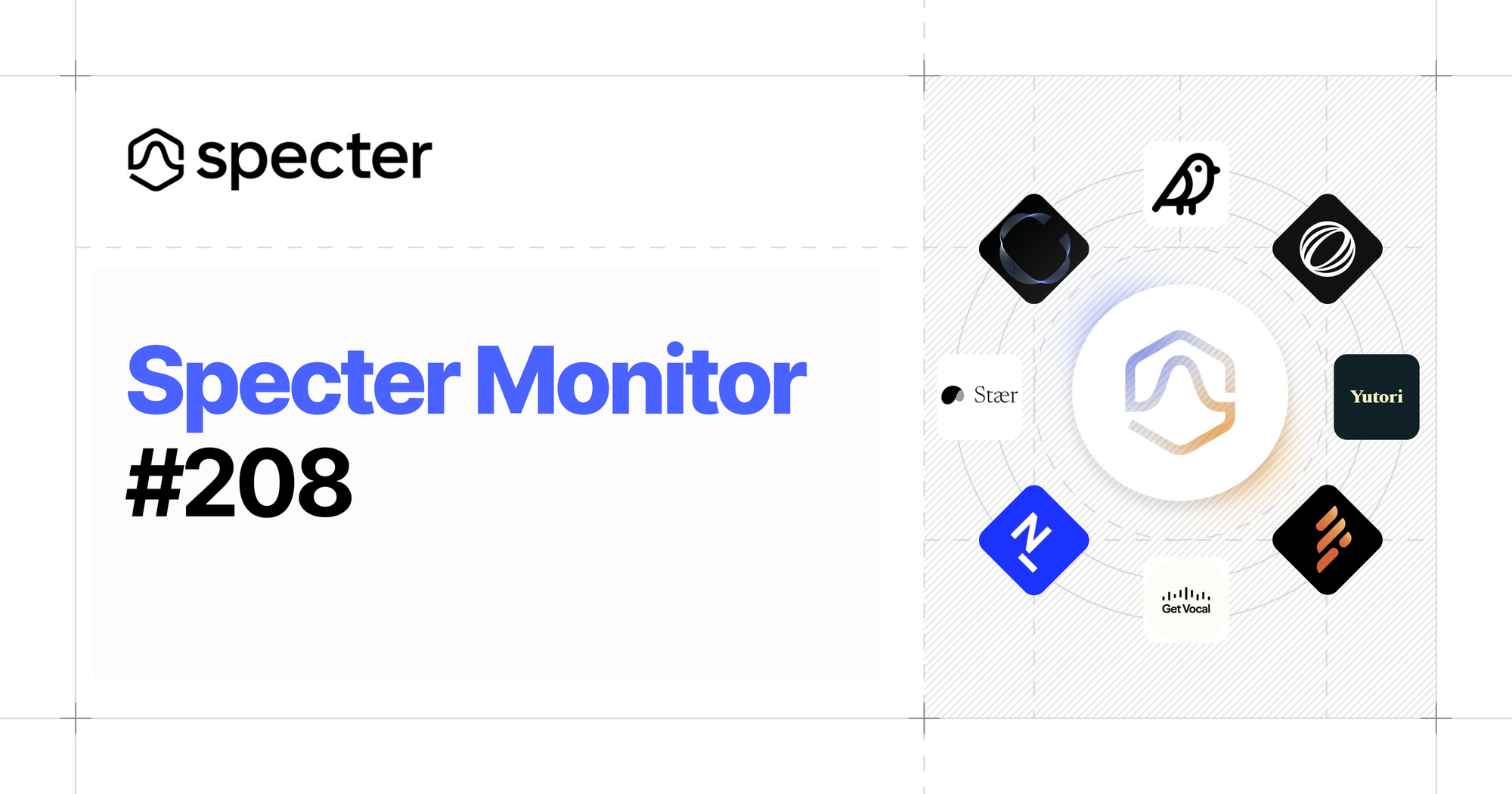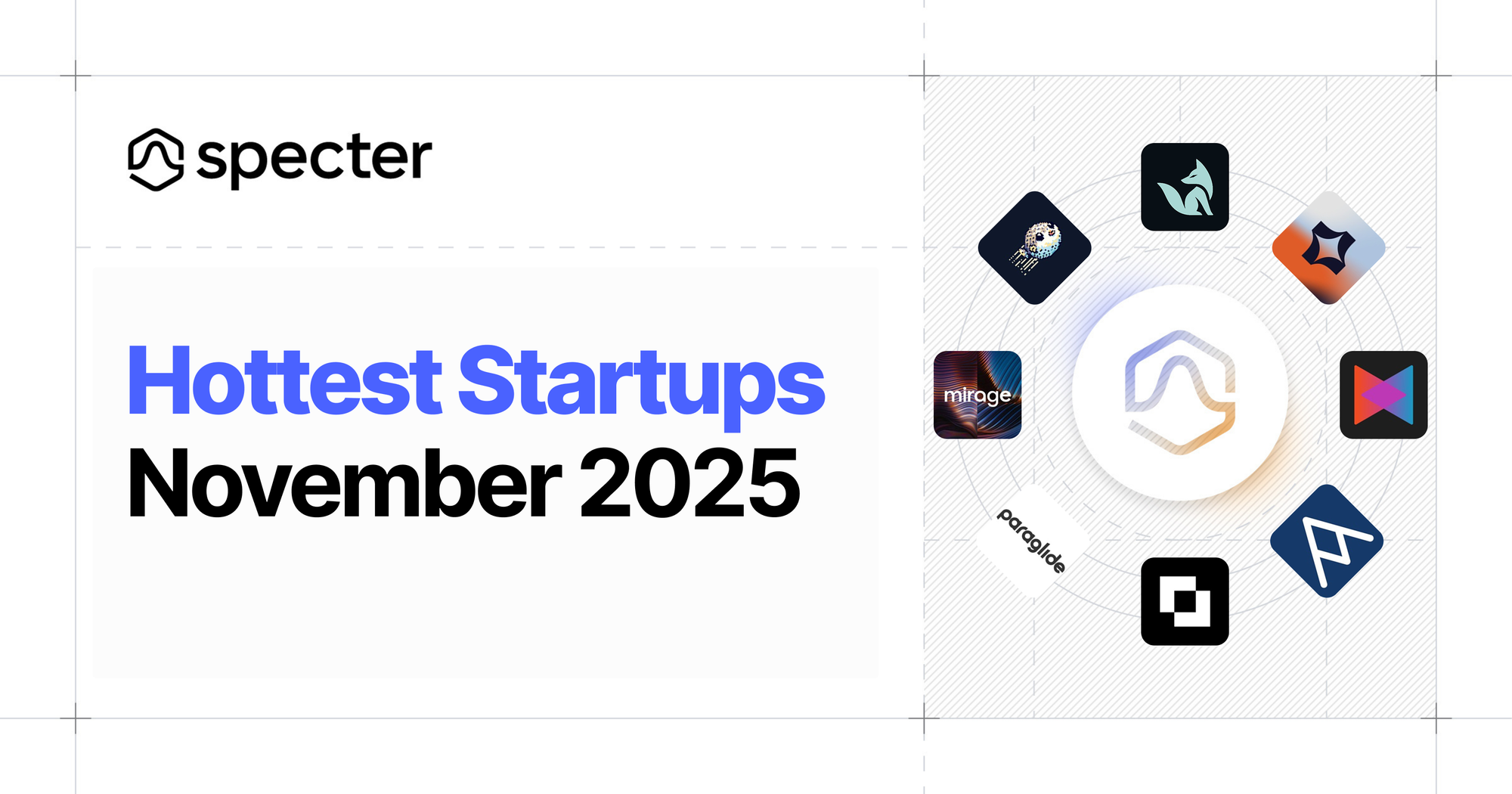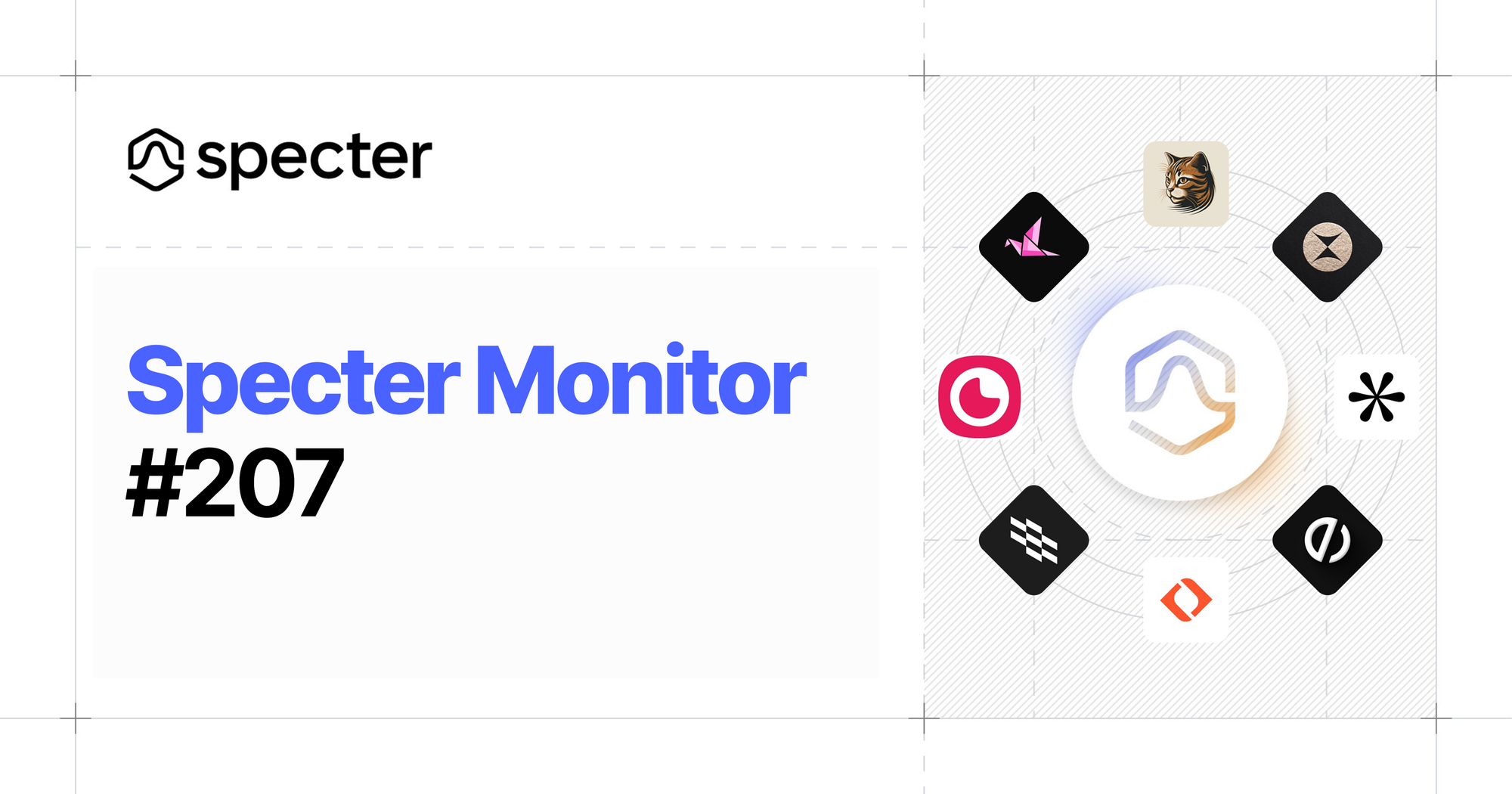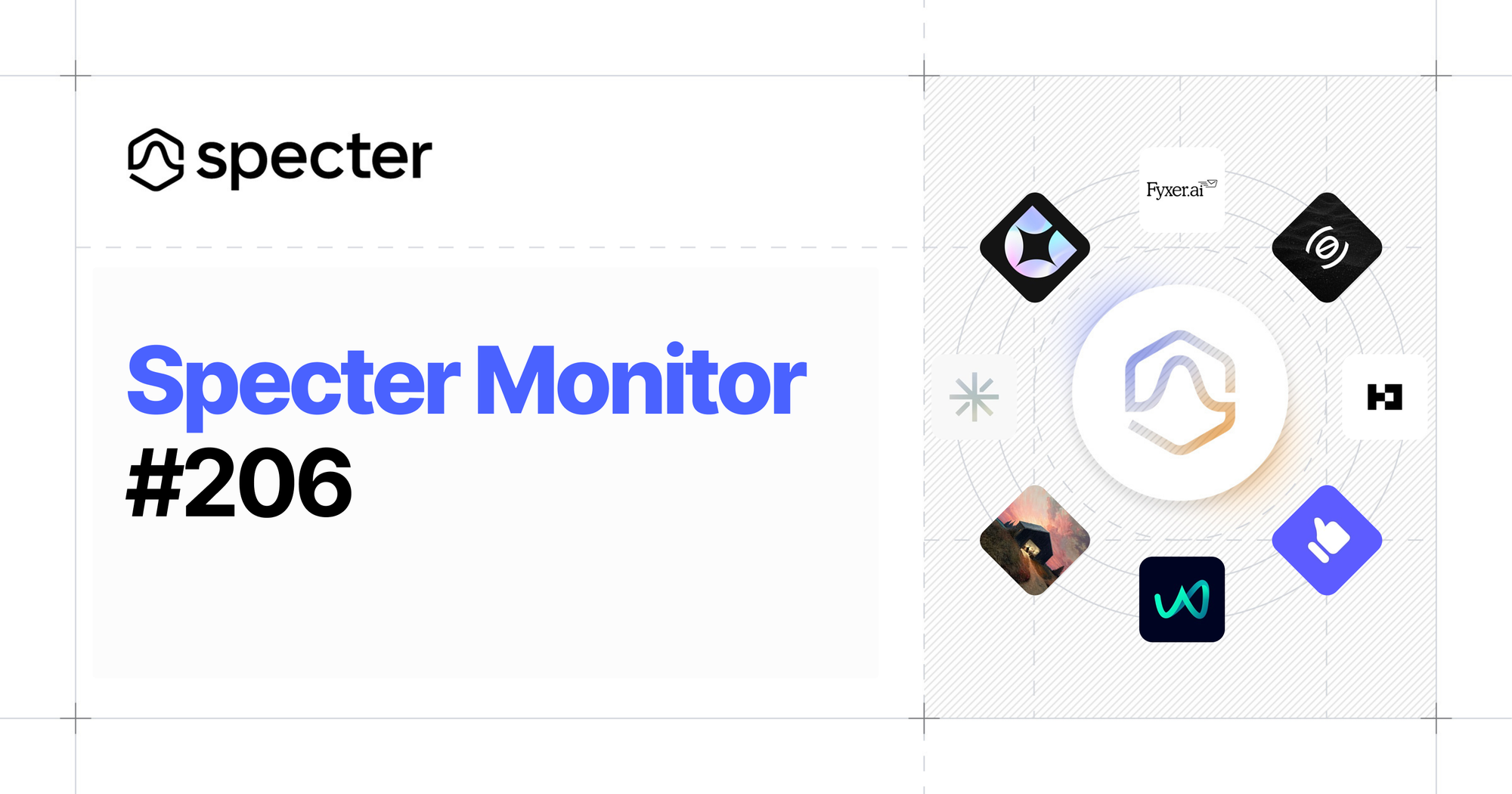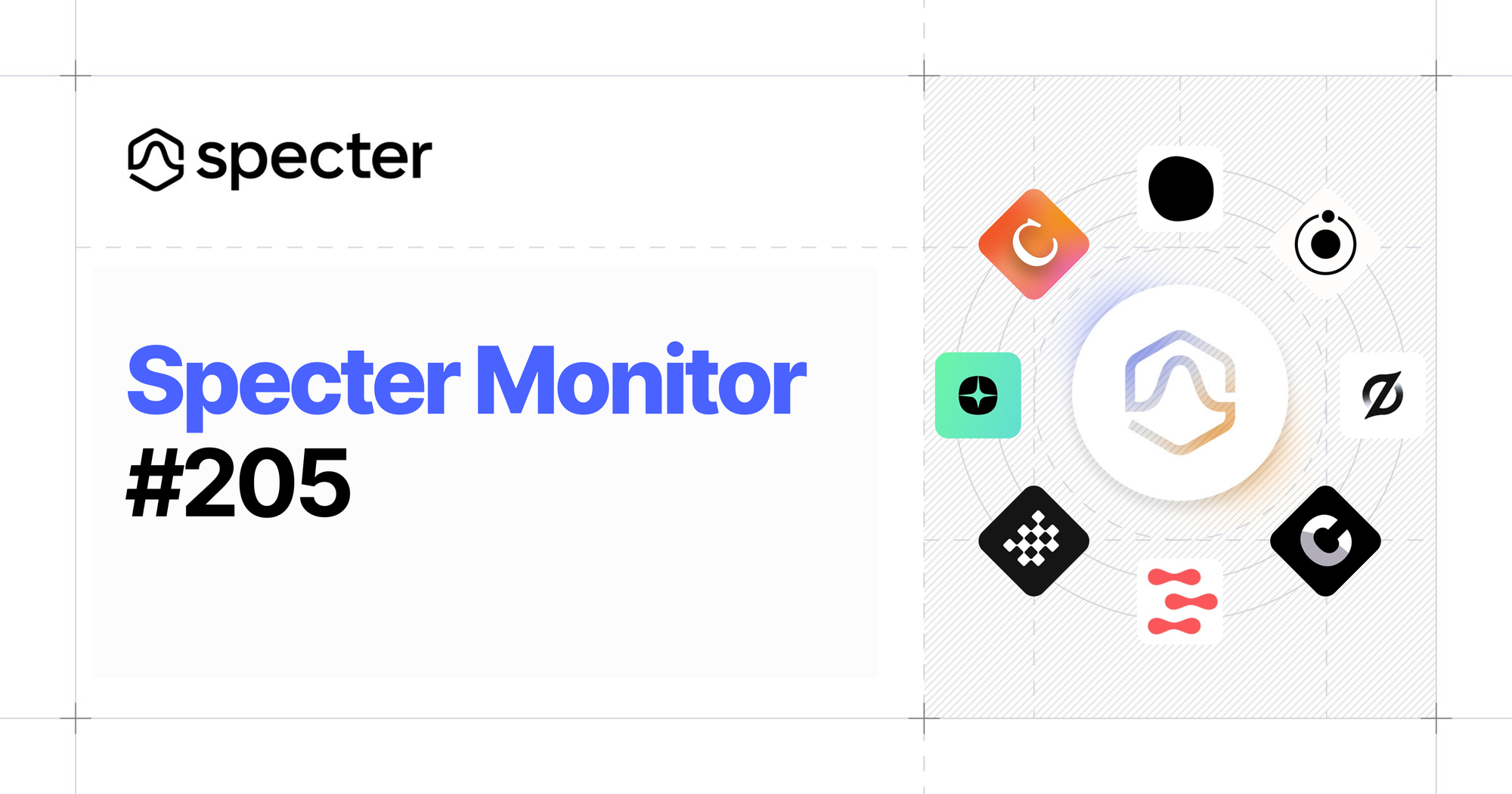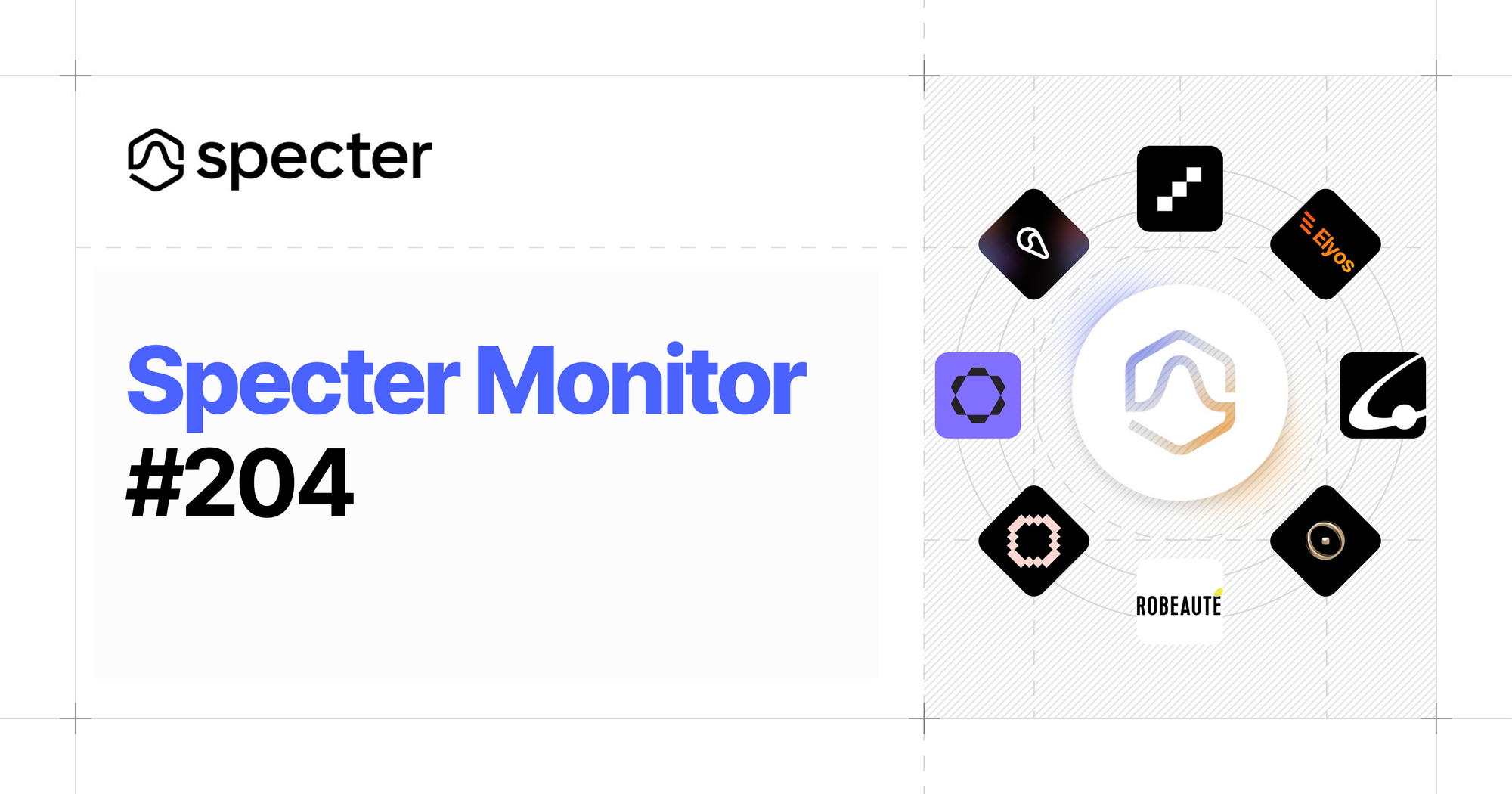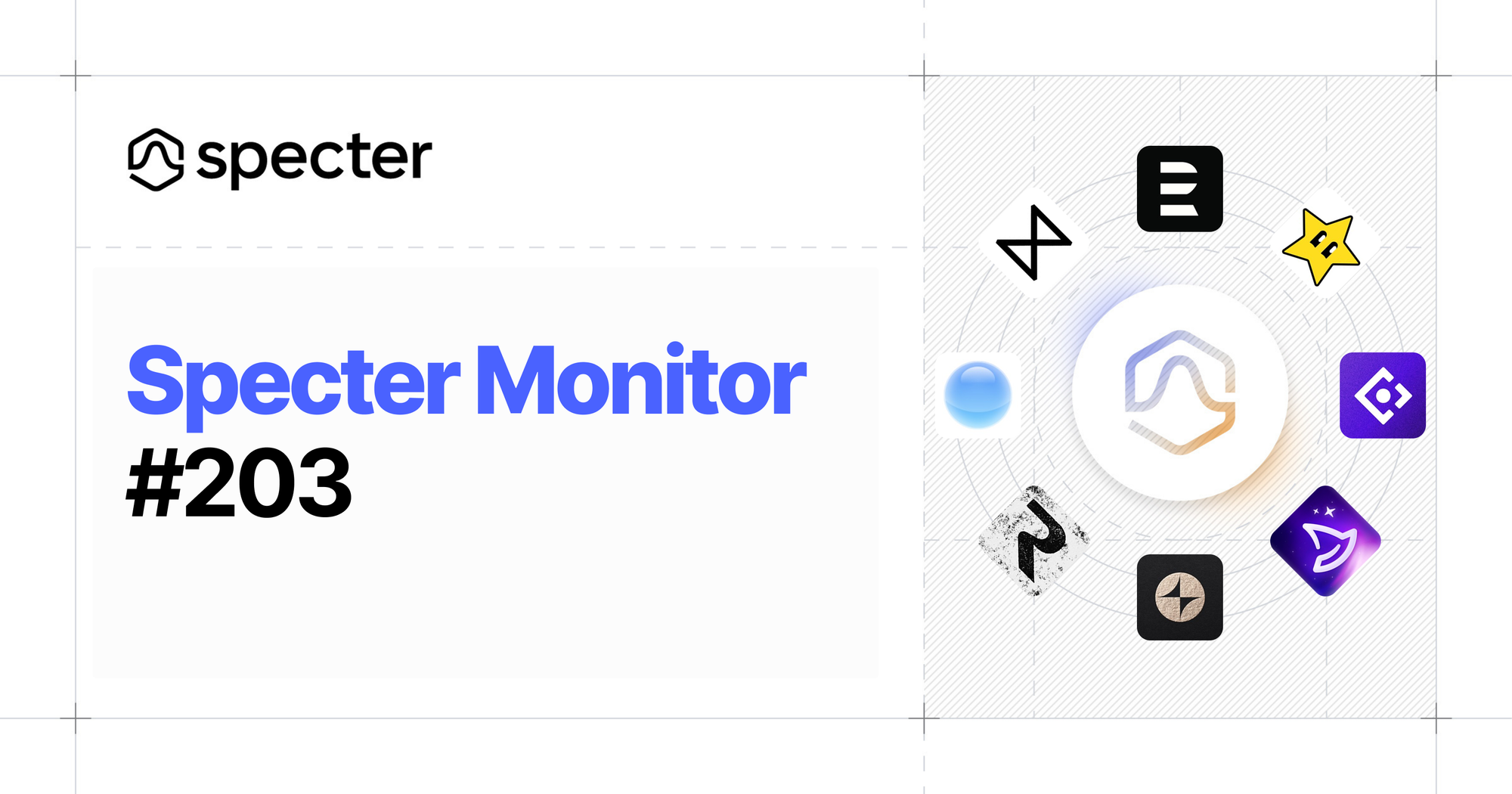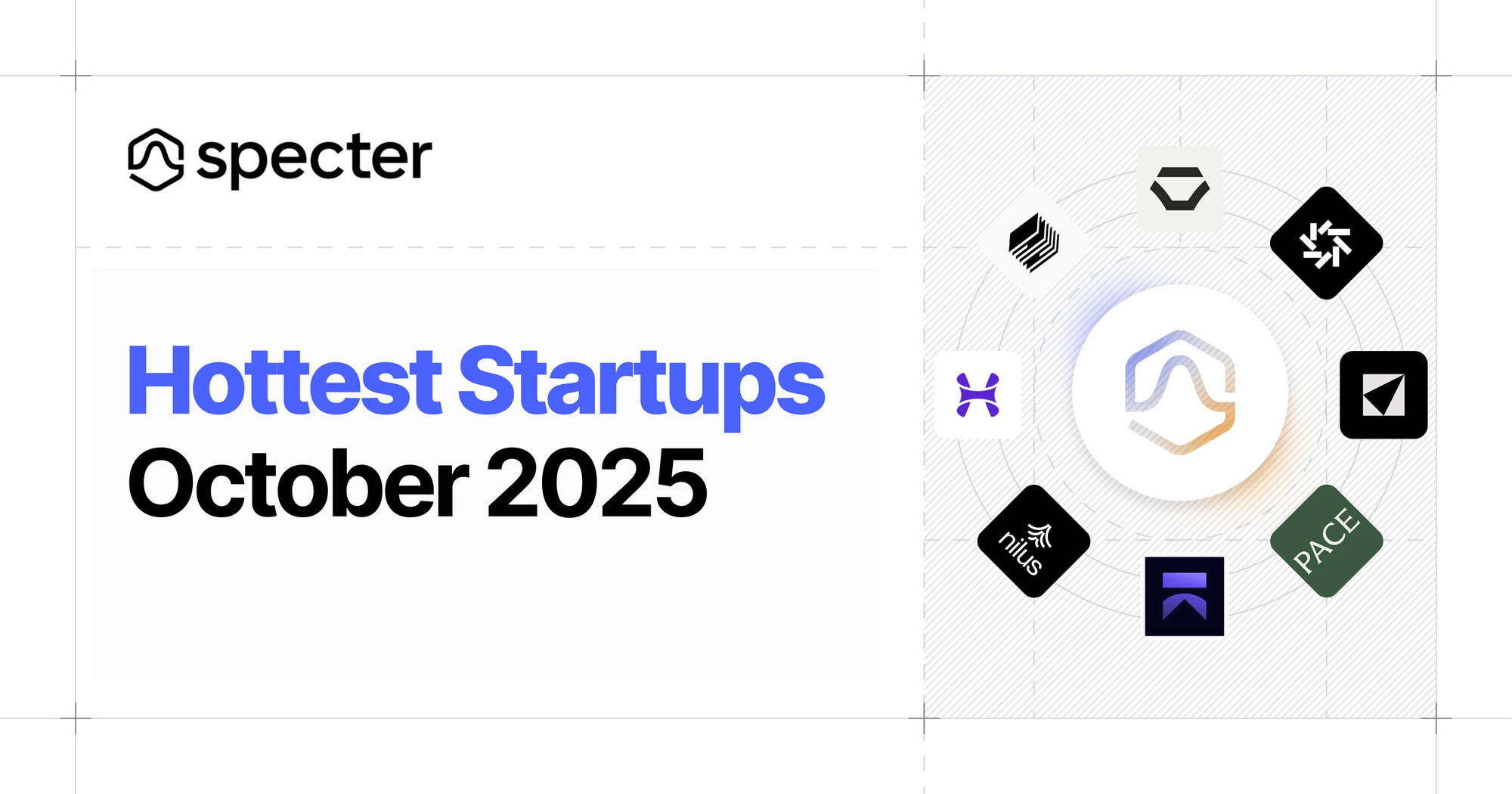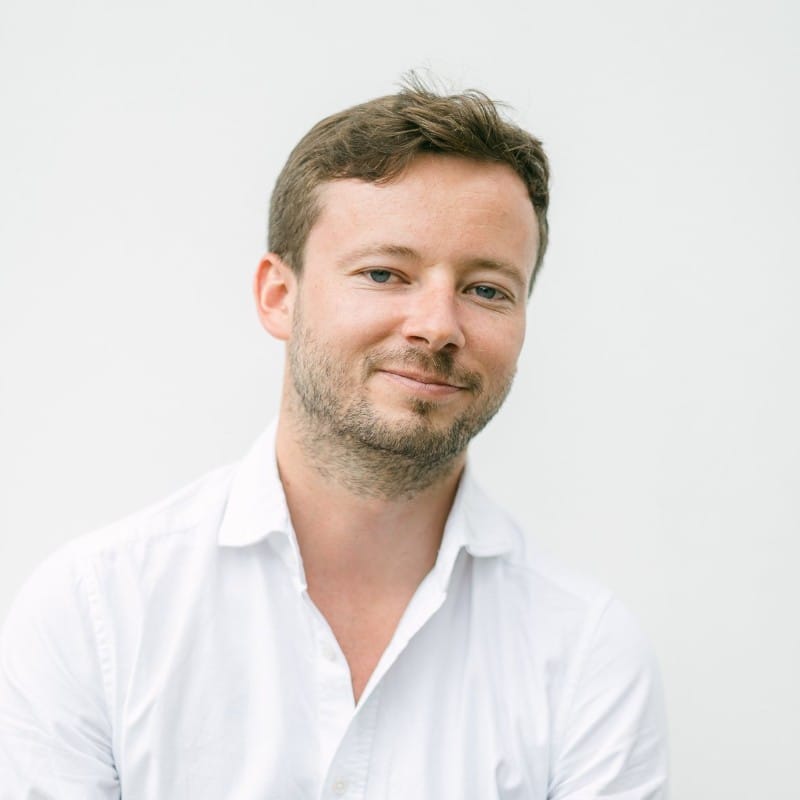The Thiel Fellowship, founded by Peter Thiel in 2011, challenges the conventional path to success by encouraging young people under 23 to drop out of college (or skip it altogether) and pursue bold entrepreneurial ideas with a $100,000 grant over two years. It's not just funding—it's a bet on raw potential, with fellows building everything from AI labs to neurotech startups.
This article represents the biggest deep dive yet into Thiel Fellows, based on a comprehensive dataset of fellows from 2012 to 2025, focused on the 2024-25 cohorts. We've enriched it with over 200+ fields, including their achievements, company traction, funding details, past experiences, and more.
Below, we distil the key insights, focusing on geographic trends, standout alumni, and patterns in the latest cohorts to help spot the next wave of game-changers.
Get a Full List of 200+ Thiel Foundation Alumni:
Geographic Breakdown
Thiel Fellows hail predominantly from the United States, aligning with the program's Silicon Valley origins and emphasis on U.S.-based innovation ecosystems.
- 82% are from the U.S., with strong concentrations in tech hubs like San Francisco, Boston, and New York.
- 12% from Europe (e.g., Germany), and 6% from Oceania (e.g., Australia).
- LATAM representation is emerging at 5-6% in recent years, with fellows like Felipe Meneses from Brazil (2024, Hyperplane AI) and Juan Ebrath from Colombia (2025, Phase biotech lab).
How has this evolved? Comparing the last two batches (2024 and 2025) to earlier ones (2020-2023):

The slight uptick in Europe and LATAM points to globalisation, possibly fueled by remote opportunities and Thiel's international focus. Boldly, while US fellows remain dominant (13x more likely than LATAM), the program's outreach is broadening—LATAM's entry could accelerate if trends continue.
The Fellows Who Built Empires
The fellowship has produced unicorns, acquisitions, and industry disruptors. Here are 8 standout fellows from our dataset (and broader verified alumni), selected for their impact, funding raised, and cultural influence:
- Vitalik Buterin (2014) - Co-founder of Ethereum, the blockchain powering Web3. His work has created trillions in value and redefined decentralised finance.
- Dylan Field (2012) - Co-founder and CEO of Figma, the collaborative design platform that revolutionised UI/UX tools. Valued at $10B+, with a scrapped $20B acquisition by Adobe, turning a Thiel grant into design dominance.
- Austin Russell (2013) - Founder of Luminar, custom LiDAR for autonomous vehicles. Built his own semiconductor stack at 17, took Luminar public (NASDAQ: LAZR) at 25 and briefly became the world’s youngest self-made billionaire.
- Laura Deming (2011) - Founder of The Longevity Fund / age1, first VC fund focused squarely on extending healthy lifespan. Dropped out of MIT at 17, has backed Unity Bio, Loyal, Fauna Bio & 40+ more startups; widely credited with making longevity a mainstream tech theme.
- Ritesh Agarwal (2013) - Founder of OYO Rooms, a tech-enabled budget-hotel chain. Grew from one Delhi guest-house to >157,000 hotels in 35+ countries, raising >$5B and peaking at a $10B valuation – all before turning 30.
- Boyan Slat (2016) - Founder of The Ocean Cleanup, large-scale plastic-removal systems. Engineered 600-m floating barriers that have already extracted tens of thousands of tonnes of trash from the Great Pacific Garbage Patch; proof-of-concept funded partly with his fellowship grant.
- Lucy Guo (2014) - Co-founder of Scale AI & Passes. Helped build the data-labelling backbone for OpenAI & Meta; today, the youngest self-made woman billionaire via her Scale equity, while leading a new creator-economy platform.
- Taylor Wilson (2012) - Teenage nuclear-fusion prodigy. Achieved fusion in his garage at 14, then used the fellowship to prototype compact radiation detectors and modular reactor concepts; now advising governments and fusion startups.
These fellows have collectively raised hundreds of millions, with exits to Apple and others. Their companies span AI, blockchain, and health, proving the fellowship's knack for spotting polymaths.
Deep Dive into the Last Two Batches (2024-2025): Spotting the "Patterns" for Future Fellows
To understand who becomes a Thiel Fellow, we focused on a snapshot of the 2024-2025 cohorts (e.g., Walden Yan, Govind Gnanakumar, Colton El-Habr, Steven Pang, Fabian Gruber, Jackson Denka, Felipe Meneses and Juan Ebrath). Using enriched experience, past roles, and public signals (e.g., competitions, internships), we researched their pre-fellowship traits. Then, we patterned commonalities to predict "Thiel material."
Key findings from this group (35 total, focused on dataset traits):
- Early STEM Excellence and Competitions: 45% participated in high-level contests. Walden Yan won IOI gold (2020) and was a MIT PRIMES researcher—hallmarks of algorithmic genius. Govind had computational biology projects, echoing math olympiad vibes.
- Prestigious Internships at Giants: 60% had stints at NASA, Intel, BMW, or Pratt & Whitney. Fabian Gruber automated networks at BMW; Govind interned at NASA/Intel. These roles signal hands-on engineering before 20.
- Early Entrepreneurship or Side Projects: Nearly all had co-founded or built something pre-fellowship. Govind's MosquitoEdge (bio-tech startup); Colton's fab engineering at JHU lab; Steven's orbit co-founding. No "idea-only" types—they shipped code/products young.
- International Mobility or Bold Moves: 30% crossed borders for opportunities. Fabian from Germany (TUM student), Felipe Meneses from Brazil (mentored via LALA), and Juan Ebrath from Colombia. Not always relocation, but a pattern of seeking elite environments (e.g., YC for Govind).
- Hackathon/Research Mindset: 50% tied to hackathons or labs. Jackson Denka's Azura (early AI experiments); Colton/Steven at JHU/Georgetown labs, prototyping hardware/software.
Common "patterns" to predict future fellows:
- Top 1% in STEM contests (IOI, hackathons) by age 18.
- Internships at FAANG-level or research orgs (NASA, MIT).
- At least one failed/successful side hustle pre-20.
- Willingness to relocate for better networks (e.g., US universities from abroad).
These aren't rich-kid networks—they're self-made hustlers who hack, build, and compete early. If you're spotting talent, look for teens with GitHub repos, olympiad medals, and a history of ditching stability for startups.
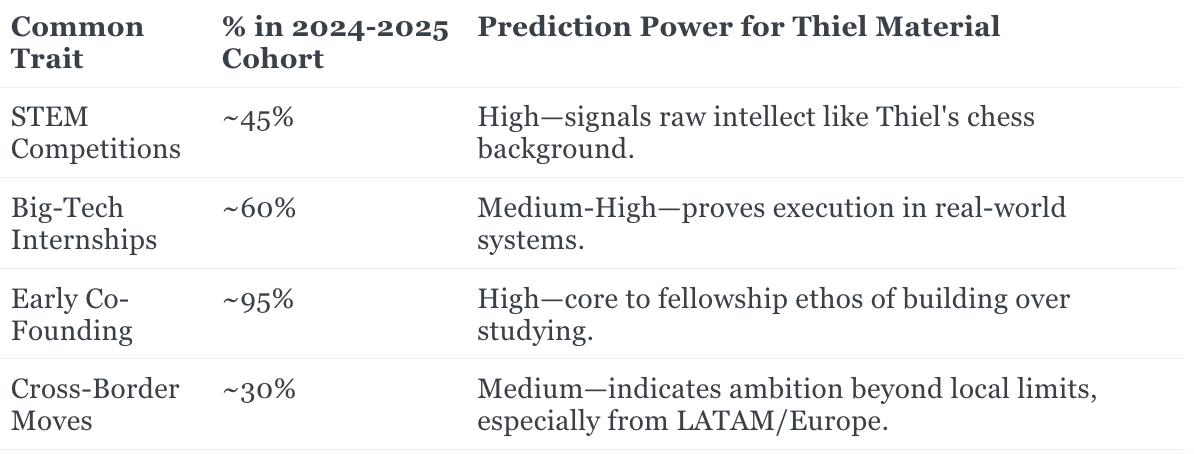
Conclusion: Download, Watch, and Wonder—Is Project Europe the Next Big Thing?
The Thiel Fellowship continues to mint outliers who skip degrees for disruption, with AI and tech dominating recent picks. Our dataset reveals a U.S.-heavy but increasingly global group (now including LATAM sparks like Brazil and Colombia), iconic alumni, and predictable patterns like early hacks and internships for new entrants. Download the full enriched list here to dive deeper—it's your cheat sheet to the future.
Watch for the next wave: As AI agents and neurotech explode, these fellows could redefine industries. With Europe's uptick and LATAM's entry, is "Project Europe" the next evolution, or will LATAM surge? Stay tuned—these aren't just founders; they're the architects of tomorrow.


